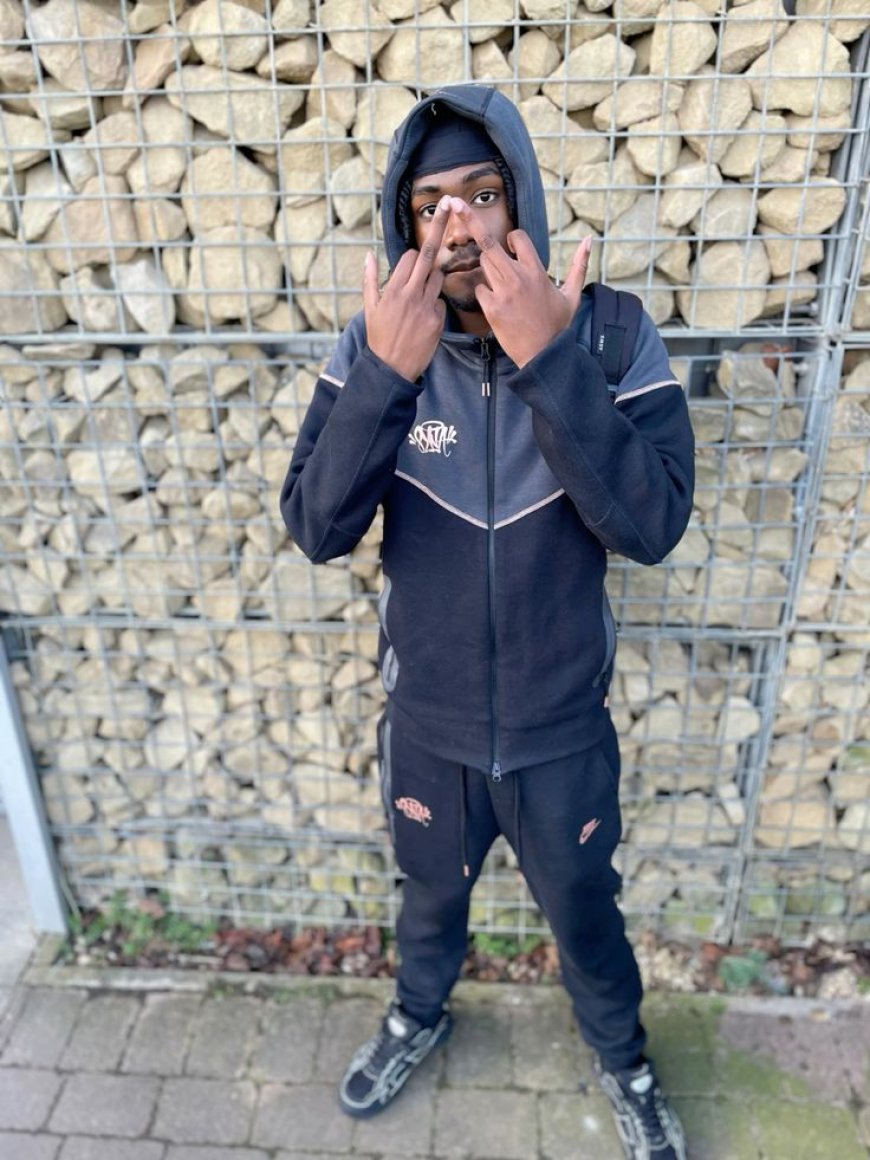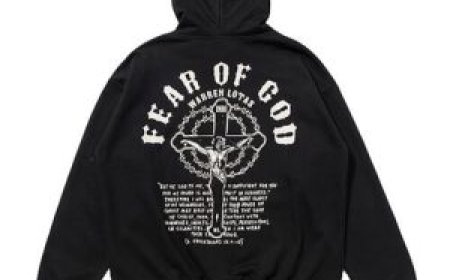The Evolution of Streetwear: From Underground to Iconic
Official Syna World Streetwear Essentials mark a bold new chapter in fashion. Explore modern fits, sleek designs, and signature street vibes.

Streetwear began as a reaction, not a trend. In the 1980s, it emerged from the rebellious undercurrents of surf culture in California, hip-hop in New York, and skateboarding scenes around the world. Brands like Stssy pioneered the movement with logo-heavy graphics and DIY energy, offering fashion that spoke to youth who felt ignored by high fashions elite. These werent clothes made to please gatekeepersthey were worn by skaters, MCs, punks, and graffiti artists claiming their corner of culture. Streetwear wasnt just about style. It was a declaration of independence, an identity built from the ground up.
Hip-Hops Rise and the Style It Sparked
As hip-hop exploded in the 1990s, streetwears synashop.com reach grew. Artists like Nas, Tupac, and Biggie turned Timberlands, oversized denim, and hoodies into cultural essentials. Streetwear became a visual extension of the musicbold, brash, and unapologetically real. Brands like Karl Kani, FUBU, and Phat Farm emerged directly from this movement, giving hip-hop fans gear that matched their lyrical heroes. What began on sidewalks and stages quickly infiltrated households across the globe. Streetwear evolved beyond trendit became the uniform of urban power, worn proudly by those who refused to conform.
The Skateboarding Influence
Skaters helped define the silhouette of streetwear: loose jeans, layered flannels, rugged sneakers. But more importantly, they brought a philosophynonconformity, risk-taking, and personal expression. Brands like Supreme, Thrasher, and DC Shoes tapped into this ethos, offering gear that could survive concrete falls and still look fly. Skaters weren't following runways; they were building their own style language in bowls and alleyways. This cultures fearless attitude helped inject edge into the streetwear narrative, making it grittier and more authentic. For many, streetwear was never fashionit was function, worn in battle with the pavement.
DIY Culture and Independent Labels
The early days of streetwear were deeply DIY. Screen printing tees in garages, stitching logos by hand, or selling pieces out of trunksthis was fashion with hustle. It allowed independent creators to bypass traditional fashion industry barriers. Labels like The Hundreds and BAPE thrived by speaking directly to niche communities, not corporate buyers. Each drop felt personal, each logo meaningful. This direct-to-culture approach gave streetwear a heartbeat. It wasn't just about selling clothes; it was about building community, storytelling through apparel, and keeping the power in the hands of the people.
Luxury Takes Notice
In the 2010s, streetwear officially entered fashions top floors. Labels like Louis Vuitton, Gucci, and Dior began collaborating with streetwear iconsnone bigger than the 2017 Louis Vuitton x Supreme collection, which marked a seismic shift in fashion history. The lines between high fashion and street culture blurred. Suddenly, sneakers were walking Paris runways, and hoodies carried four-digit price tags. While some critics cried sellout, others saw recognition. Streetwear wasnt losing its soulit was finally being acknowledged as art. The underground had gone global, but its attitude remained intact.
The Drop Culture Phenomenon
Streetwear changed how fashion was consumed. Instead of seasonal collections, it popularized dropslimited releases announced suddenly and often sold out in minutes. This scarcity created hype and urgency, building cult-like followings. Brands like Palace, Off-White, and Fear of God capitalized on this model, turning shopping into a ritual. Suddenly, fashion wasnt just about wearing clothesit was about being part of a moment. If you copped the drop, you werent just stylishyou were in the know. This shift democratized hype and helped fuel streetwears dominance in the digital era.
The Rise of the Influencer and the Internet
Instagram, YouTube, and TikTok turned everyday wearers into tastemakers. Streetwear benefited massivelyevery selfie, haul video, and fit pic became an opportunity for cultural currency. Influencers blurred the lines between consumers and creators, shaping trends in real time. You didnt need a fashion degree to style a look that went viralyou just needed authenticity. Online resale platforms like Grailed and StockX created a secondary economy where rare streetwear could resell for 10x its price. Streetwear, once a subculture, was now a self-sustaining ecosystem with global reach.
Cultural Collaboration as Core Value
Unlike traditional fashion, which often draws inspiration in silence, streetwear thrives on collaboration. Artists, athletes, musicians, and designers regularly fuse their identities into limited-edition pieces. Brands like Travis Scotts Cactus Jack, Tyler, The Creators Golf Wang, and Yes Yeezy empire thrive because they build bridges across music, fashion, and art. These collaborations arent just marketingtheyre genuine creative expressions. And for the wearer, theyre a way to wear culture, not just consume it. This approach keeps streetwear fresh, alive, and deeply relevant to the cultural pulse.
Global Expansion and Local Flavor
From Tokyo to London, Lagos to So Paulostreetwear now belongs to the world. Each region has added its own rhythm. In the UK, brands like Corteiz and Trapstar fuse grime and drill culture into every stitch. In Japan, Neighborhood and WTAPS mix militarism with minimalism. In Africa, designers are blending traditional fabrics with urban silhouettes. What started on U.S. streets now reflects a diverse, global voice. Streetwear has become the language of youth everywhereone stitched with pride, locality, and intent. It's no longer about where it came fromit's about where its going.
Sustainability, Identity & New Power
Streetwear's future is rooted in purpose. Todays consumers arent just shopping for lookstheyre shopping for values. Sustainability, ethical production, and social consciousness are becoming essentials. Brands like Pangaia and Noah are leading the shift, proving you can make fire fits without torching the planet. Meanwhile, queer designers, BIPOC creators, and marginalized voices are claiming space, diversifying the scene. Streetwear is returning to its rootsunfiltered, community-driven, and revolutionary. The only difference now? Its iconic. Its not just in the streetsits shaping them.































